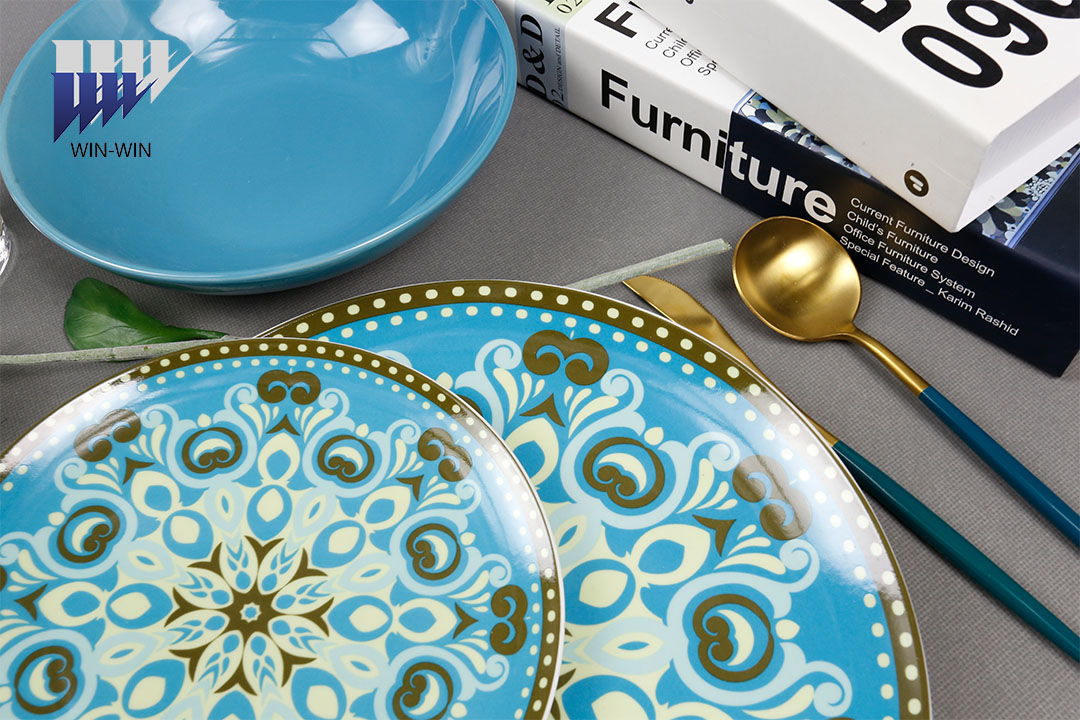Orange glaze fired on bone china cups: the glazed surface of the finished product is uneven and orange-peel-like. It is generally produced in plates, dishes or porcelain tiles. The main reason is that the temperature rises too quickly when the glaze surface is corrugated, and the firing temperature is too high to cause the glaze surface to boil. In addition, the uneven thickness of the glaze slurry, poor high-temperature activity and improper grinding of the glaze are all key points that cause the defects of the orange glaze.
Shocking glaze: There are thick cracks on the glaze of the product. The main reason is that the expansion coefficients of the billet and glaze are quite different. This requires readjustment of the billet. Glaze ingredient recipe. In addition, if the firing temperature is too high, the cooling system is unreasonable or the glaze layer is too thick, it will also cause glaze defects.
Raw and over-fired: The surface of the raw-fired product is yellow, the water absorption rate is high, the glaze surface is poor and rough, the strength is low, and the sound is dirty when knocked. When overfired, the product is deformed, and the glaze surface is blistered or flowed. The main reason is that the firing temperature is too high or low, the high temperature holding time is not properly controlled, the loading density is unreasonable, or the firing temperature difference is large, resulting in partial over-burning or raw burning.
Matte: Also known as dull. The reason for the dull glaze is that the glaze produces small bodies and poor melting of the glaze layer, thus causing the glaze to have dull defects. Rapid cooling can be adopted in the early stage of cooling to prevent crystallization of the glaze layer. Improve glaze glossiness.
Post time: Feb-27-2023







